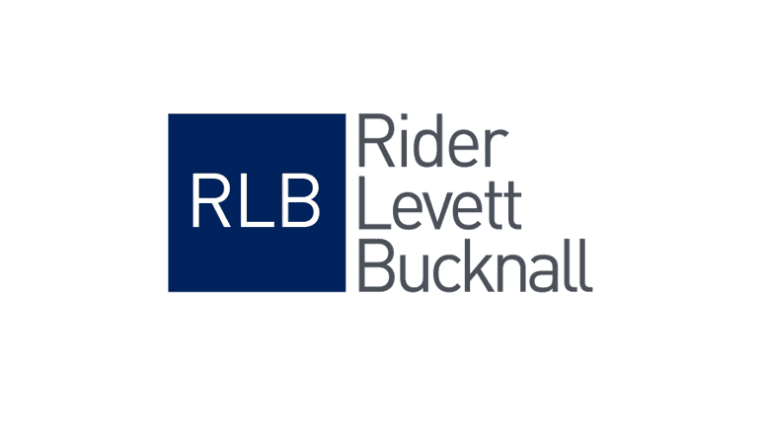Product Manager for Schlüter®-Systems, Andrew Saxon, offers advice on best practice when planning and installing electric underfloor heating systems. Right back to Roman times, few things in the built environment can have delivered such a sense of comfort – and even luxury – as underfloor heating; yet the technology remains potentially problematic, with the quality of installation being pivotal to both the performance and the likely overall lifespan of the system. In many properties, the space heating is still primarily delivered via conventional radiators, but in refurbishment as well as new-build situations, electric underfloor heating systems are widely regarded as offering a speedy, economic and convenient solution for upgrading the comfort in bathrooms, particularly in the context of under tile installations. Instead of a cold and unwelcoming surface beneath bare feet, a correctly specified electric system can deliver controllable warmth, not just from below, but also creating a regulated temperature within the room-space itself. The more advanced and adaptable systems can further be incorporated behind tiled walls. Planning the installation is crucial, especially in larger bathrooms or sports changing rooms as even considering modern standards of insulation, the north side is often measurably colder than the south; with zoning being the obvious answer. As with the pipe runs to hydronic systems, the designer and contractor must create separate cable circuits, linking back to individual thermostats. Significantly, the two zones may well be of different sizes, and not necessarily feature the same number of cables. From a purely practical perspective, it is difficult to connect more than two heating cables into each thermostat, which is why Schlüter®-Systems DITRA-HEAT offers specifiers/customers a selection of 17 different cable lengths for the 240 Volt circuits – rising from 4.6 up to 244 linear metres to address areas from 1.1 m2 to 22.7 m2. They will offer an output of 136 W/ m2, with an actual limit on capacity of 3,600 Watts that can run from one thermostat. It is relevant here to highlight an issue common to many electrical underfloor heating systems, where the transition between the hot cable which delivers warmth to the floor build-up, and the cold stretch which connects to the thermostat, rely on a soldered connection. Unfortunately, such connections are inherently brittle and subject to failing; even months or years after the installation is complete. By contrast, the DITRA-HEAT cables, launched nearly a decade ago and enjoying a successful track record amongst both heating engineers and end users, feature a seamless transition between cold and hot legs. The cold leg is 4 metres long and employs a very thin strand wound around it, which reduces the electrical resistance to minimise the heat output generated; and this negates any problems of overheating where the connection is made to the thermostat. Also, while the competition tends to segment their hot cables down into shorter – generally 60cm sections – the DITRA-HEAT version contains multiple very fine, but strong strands which extend along the full length. And as an integrated system solution, DITRA-HEAT’s 4mm diameter cables are laid within a studded, fleece backed membrane, which serves as both an insulating carrier and a decoupling layer to help distribute stresses within the build-up. For floors, the cables are laid within every third row of studs, and every two behind wall tiling. While Schlüter®-Systems is justifiably confident in the design and robustness of its heating cables, the company always recommends that the installer runs two temperature sensors from the chosen position within the floor circuit, back to the wall, as there is always a possibility of one failing during the lifetime of the installation. In such a situation, it is then a simple matter to disconnect the first sensor from the thermostat and wire in the ‘spare’. Finally, Schlüter®-Systems recommends three stages of testing before you tile: as each zone is laid, then during spreading of tile adhesive to guard against damage caused by pushing the cable down with a trowel, and after the tiles are installed. Schlüter®-Systems continues to develop the DITRA-HEAT system, with the latest sophistication being the ability to control the heating output via a home’s Alexa, as well as using the manufacturer’s App, or via conventional controls. For further information, call 01530 813396 or visit https://www.schluter.co.uk/ Building, Design & Construction Magazine | The Choice of Industry Professionals














